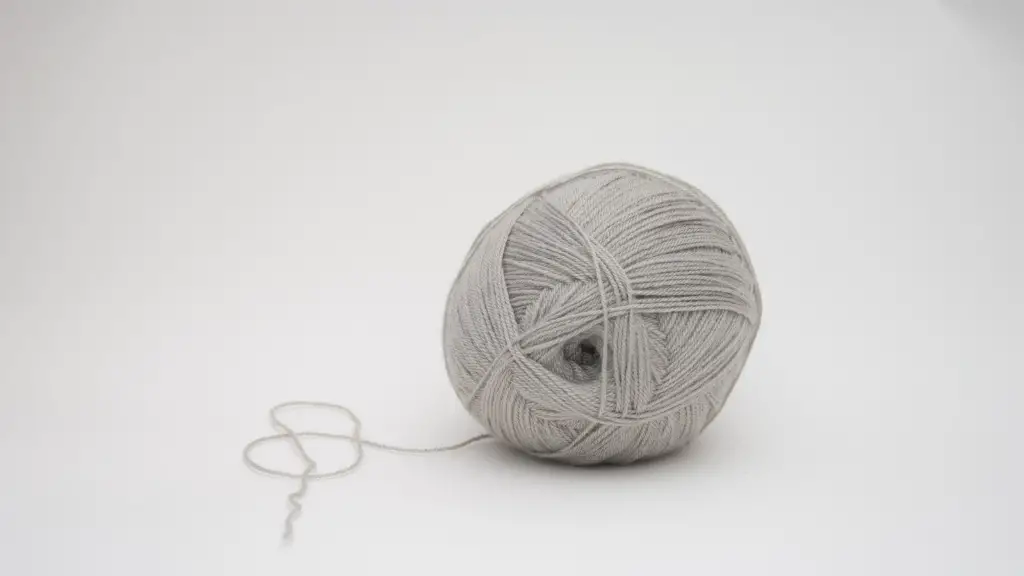Inception of the Singing Machine
In 1851, a man named Isaac M. Singer revolutionized the art of sewing by inventing the first practical and affordable sewing machine. The invention made it possible for the first time to create clothing quickly and economically and boosted the industrialization of the apparel industry. Singer’s original machine used an oscillating hook and slide shuttle to thread the bobbins, enabling it to be faster than other machines at the time, and was driven by the user’s own foot. Today, the Singer sewing machine corporation is globally renowned for manufacturing quality sewing machines across the world.
Design Developed Over Time
Most early models of the Singer machine were constructed from cast iron and steel. Around this time, the Rotary hook was developed, further improving the speed of the stitch formation. The original Singer machines were mounted onto a treadle operated by the user’s foot. These were later replaced by electric motors in the early 20th century. Models were later simplified and made cheaper, moving away from the heavier frames and expensive metals they used to be made from.
Advances in Technology
Thanks to advances in technology, some of today’s Singer machines are equipped with modern features such as LCD touch screens, LED lights, automatic functions and automatic needle threaders. Other features include automated tension controls, adjustable presser foot pressure and adjustable needle position. Electronic stitches have also been added, allowing for highly complex designs to be created with ease.
Changes in Production
The Singer sewing machine has drastically changed the apparel industry, from simplifying clothing production to reducing labor costs. Before the introduction of Singer sewing machines, clothing had to be made by hand and was therefore expensive and time-consuming to make. The mechanization of clothing production was made possible with the Singer machine, allowing for mass production of low-cost clothing in factories.
Reception
The Singer sewing machine has achieved great success and become one of the most recognizable brands in the apparel industry. Singer machines have become the go-to choice for a wide range of sewing enthusiasts, from hobbyists to professional tailors. This is due to its robust design, great features, and performance.
Alternative Uses
Aside from clothing production, Singer sewing machines can also be used for a variety of different tasks, such as repairing clothes, crafting, quilting, and making curtains and furnishings. The machines are also great for mending clothes, and their simplicity of use allows for even beginners to set up and use the machine by following the instructions.
Competition
Singer sewing machines have become the industry leader, however, there are several other companies in the market that are offering great machines at competitive prices. Companies such as Brother, Janome, and Kenmore specialize in producing quality sewing machines for a variety of budgets and needs.
Availability
Singer sewing machines are available from a number of different stores, including local retail stores and online stores. They can also be bought from Singer’s own website. Prices vary depending on models and specifications, with entry-level models starting at around a hundred dollars.
Pros and Cons
The Singer sewing machine is a great choice for both novice and professional sewers. Its robust design and varied features make it a versatile machine that can cope with a wide range of sewing needs. However, like any machine, it also has some potential drawbacks. One potential issue is that some models are too heavy and bulky, which can be a burden if it needs to be moved around. Furthermore, some of the more advanced machines have a steep learning curve and may be too complicated for beginners.
Maintenance and Repairs
To keep your Singer sewing machine in top condition, regular maintenance and cleaning is essential. Regular cleaning prevents the build-up of debris and grime, which can lead to poor performance and diminished quality. If the machine is ever damaged, it is best to contact a qualified technician to carry out the repairs.


